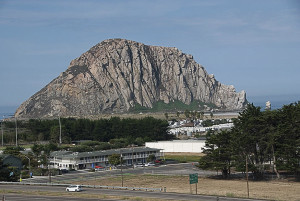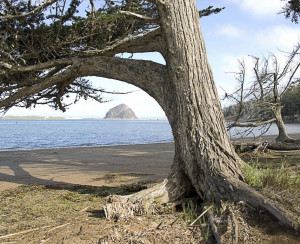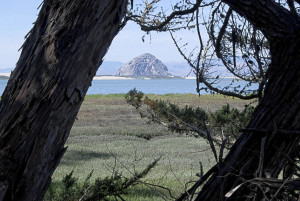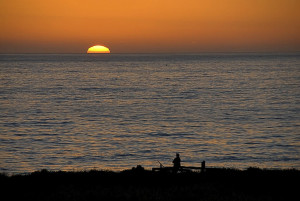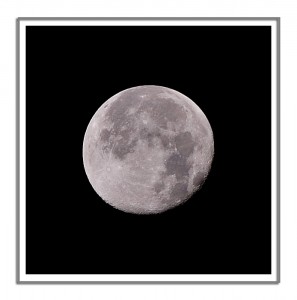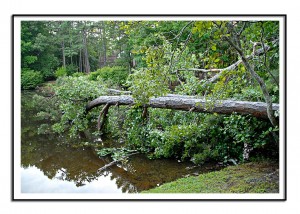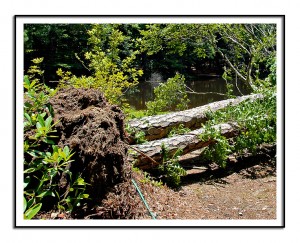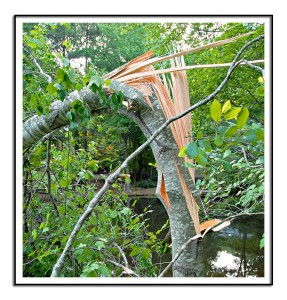Morro Rock (aka “The Gibraltar of the Pacific”) is a landmark feature on the central California coast. Formed around 23 million years ago as the plug of a now extinct volcano, it rises 581 feet from sea level. In 1542 Juan Rodriguez Cabrillo, a Portuguese explorer, named the rock as ‘El Morro’, which means ‘the crown shaped hill’ in Spanish. The rock was an important navigational aid for mariners for over 300 years, and at least two tribes consider it a sacred site. Today it stands guard over the entrance to the sheltered bay of it’s namesake city, Morro Bay (pop. 14,950). Morro Rock was designated a California Historical Landmark in 1968.
